Once-abundant native bird resources were used by Hawaiians for many purposes before contact with British explorer Capt. James Cook in 1778 and during the period of the Hawaiian Kingdom in the 1800s.
Once-abundant native bird resources were used by Hawaiians for many purposes before contact with British explorer Capt. James Cook in 1778 and during the period of the Hawaiian Kingdom in the 1800s.
Best-known among these uses was the spectacular and regal featherwork worn by the ali‘i, but birds also were an important source of meat for Hawaiians. Hunting and capture methods varied among hunters, districts, islands, seasons and bird species.
Noah Gomes, former ranger for Hawaii Volcanoes National Park and now with Kamehameha Schools, has conducted extensive research into traditional Hawaiian bird-catching using a variety of sources, including testimonies dating to the 1800s.
During a presentation at the Lyman Museum from 7-8:30 p.m. Monday (March 12), Gomes will share what he has learned about this important and many-faceted Hawaiian relationship with the ‘aina.
The program is part of the museum’s Saigo Public Program lecture series. Admission is free to museum members, $3 for nonmembers.
The museum is located at 276 Haili St. in Hilo and showcases the natural and cultural history of Hawaii. Hours are 10 a.m.-4:30 p.m. Monday through Saturday.
For more information, call 935-5021 or visit www.lymanmuseum.org.

Subscribe today for unlimited access.
Already a subscriber?
Login
Not ready to subscribe?
Register for limited access.
If you have a print subscription but require digital access,
activate your account.
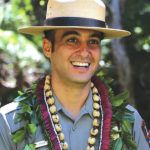




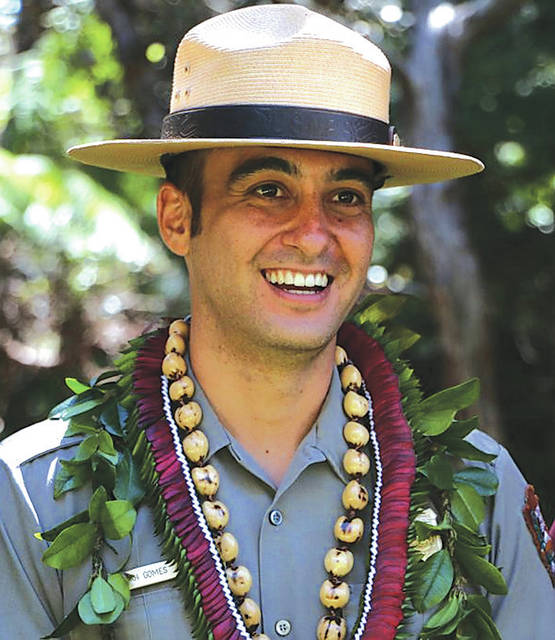
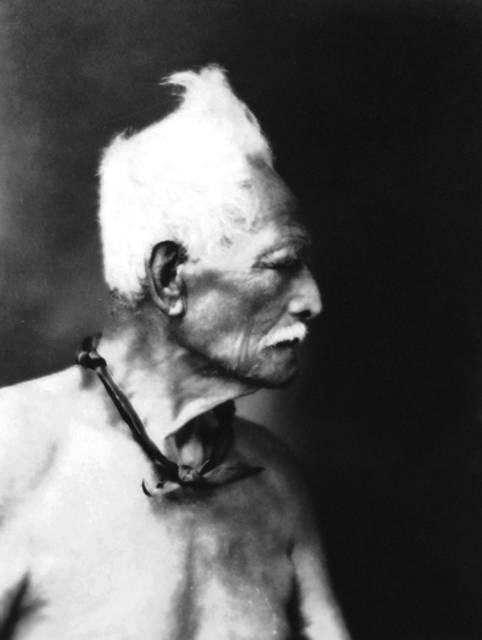
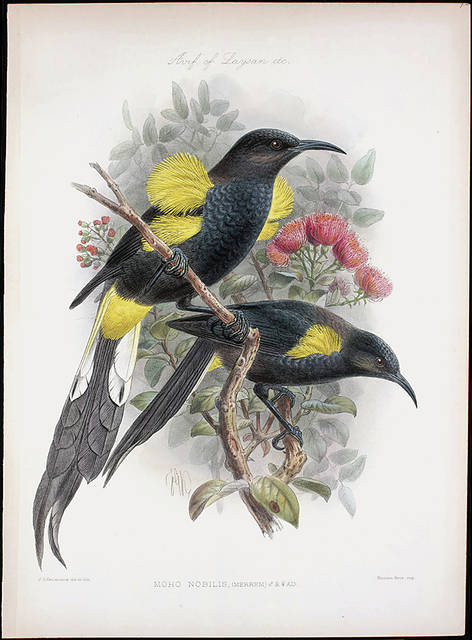
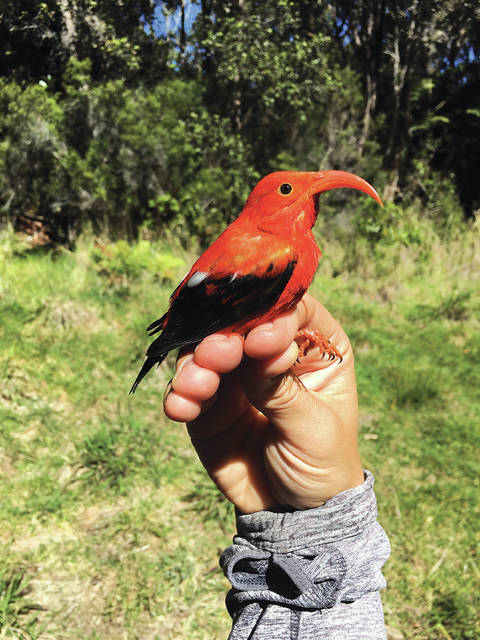





The Mamo bird, that had only two golden feathers was used to make the Kamehameha cloaks. As many as 250,000 feathers were needed to make just one. The last Mamo bird was seen in Hawaii in the late 1800s.